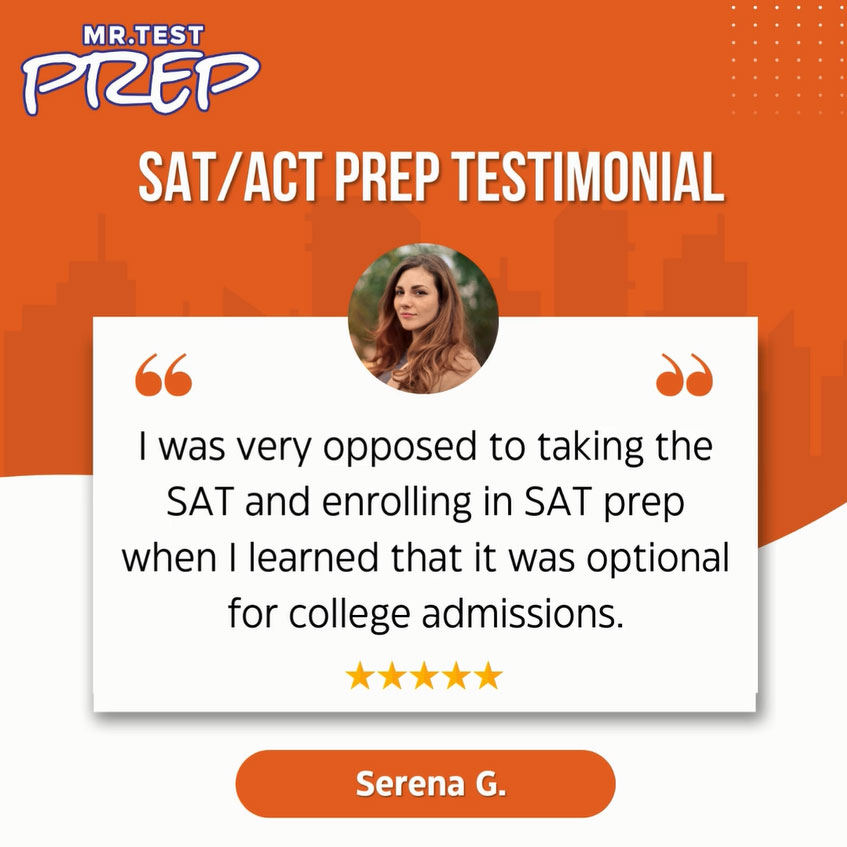
Test-optional admissions have become a significant trend in recent years, bringing a mix of excitement and anxiety for students and parents alike. Imagine this: over 1,835 colleges and universities in the U.S. are now test-optional or test-free! That’s a big shift from the days when SAT or ACT scores were a must. With only 4% of colleges requiring test scores for the 2023-2024 season, it’s no wonder students are scratching their heads, wondering what this means for their college applications. Duke University, for instance, saw nearly half of its applicants choose not to submit test scores. Meanwhile, the University of California system has gone test-blind, not considering SAT/ACT scores at all. Schools like Notre Dame and Vanderbilt have extended their test-optional policies through 2024, focusing on a holistic review process. So, what’s the best strategy for navigating this new landscape? Let’s dive in and find out.
Table of Contents
- Why Test-Optional? Understanding the Shift in College Admissions
- How to Decide: Should You Submit Your Test Scores?
- Crafting a Strong Application Without Test Scores
- Real Stories: Test-Optional Successes and Challenges
Why Test-Optional? Understanding the Shift in College Admissions
The rise of test-optional admissions has been a game-changer for many students. This shift is driven by the desire to create a more inclusive and equitable admissions process. For years, standardized tests like the SAT and ACT have been criticized for favoring students from wealthier backgrounds who can afford extensive test prep resources. By moving to a test-optional policy, colleges aim to level the playing field, giving all students a fair shot.
Imagine applying to college without the stress of worrying about your test scores. That’s the reality for many students now. For instance, during the 2022-2023 admissions cycle, Duke University reported that about 50% of their applicants chose not to submit test scores. This trend reflects a broader movement toward evaluating students based on their overall achievements, personal essays, and extracurricular activities rather than a single test score.
Moreover, the University of California system has taken a bold step by going test-blind, meaning they don’t consider SAT or ACT scores at all. This approach ensures that students are assessed purely on their high school performance and personal qualities. Schools like Notre Dame and Vanderbilt have also extended their test-optional policies through 2024, emphasizing a more holistic review process.
So, why the change? It’s all about fairness and giving every student the opportunity to shine. With more than 1,835 colleges now test-optional or test-free, the landscape of college admissions is changing rapidly, offering new hope and possibilities for students everywhere.
How to Decide: Should You Submit Your Test Scores?
Deciding whether to submit your test scores can feel like standing at a crossroads. On one hand, a strong SAT or ACT score can bolster your application. On the other, you might worry that your scores don’t reflect your true potential. Here’s how to navigate this decision.
First, consider your test scores in context. Are they within or above the average range for your target schools? If your scores are strong, they can enhance your application by showcasing your academic abilities. For example, if you’re applying to Boston University where the average SAT score is 1420, and your score is 1430, it might be beneficial to submit it.
Next, think about the rest of your application. If your grades, essays, and extracurriculars are stellar, you might not need test scores to stand out. Colleges are placing more emphasis on a holistic review process. They want to see your personal qualities, leadership skills, and passion for learning.
Also, consider the policies of your target schools. Some, like the University of California system, are test-blind, meaning they won’t look at test scores at all. Others, like Duke University, saw about half of their applicants go test-optional last cycle. Research each school’s stance on test-optional admissions to make an informed decision.
Ultimately, the choice to submit test scores is personal. Reflect on your strengths and how best to present them. Remember, colleges are looking at the whole picture, not just a number.
Crafting a Strong Application Without Test Scores
Creating a compelling college application without test scores might seem difficult, but it’s entirely achievable with the right approach. Think of your application as a puzzle, where each piece – your grades, essays, recommendations, and extracurriculars – fits together to form a complete picture of who you are.
Start with your academic record. Your high school grades and the rigor of your coursework are crucial. Colleges want to see that you’ve challenged yourself and excelled in your classes. Highlight any advanced or honors courses you’ve taken and emphasize your achievements in these areas.
Next, your personal statement or college essay is your chance to shine. This is where you can tell your story, share your passions, and explain any challenges you’ve overcome. Be authentic and let your personality come through. Admissions officers read countless essays, so make yours memorable by being genuine and reflective.
Extracurricular activities are another key component. Whether it’s sports, clubs, volunteer work, or a part-time job, these experiences demonstrate your interests and commitment. Highlight leadership roles and any significant accomplishments. Show how these activities have shaped you and prepared you for college.
Letters of recommendation also play a vital role. Choose teachers or mentors who know you well and can speak to your strengths and character. Their insights can provide a valuable perspective on your abilities and potential.
Remember, the goal is to present a well-rounded, vibrant picture of yourself. With over 1,835 colleges and universities now test-optional, your unique qualities and experiences matter more than ever.
Real Stories: Test-Optional Successes and Challenges
Let’s explore some real-life stories to understand the impact of test-optional admissions. These anecdotes highlight the diverse experiences of students navigating this new landscape.
Meet Sarah, a high school senior with a passion for art. Her SAT scores were average, but her portfolio and dedication to her craft were exceptional. Sarah applied to several test-optional schools, including the University of California, which is test-blind. Her portfolio and strong academic record in art classes spoke volumes, and she was accepted into her dream school.
Then there’s Jake, a student athlete with a busy schedule. Between practices and games, finding time to prepare for standardized tests was tough. Jake decided to focus on his grades, extracurriculars, and leadership roles. He applied to Duke University, where about 50% of applicants went test-optional last year. Jake’s commitment to his team and excellent GPA helped him secure a spot.
On the flip side, consider Maria. She excelled in her SATs but was concerned about her lack of extracurricular activities. Applying to test-optional schools, she decided to submit her scores to strengthen her application. She balanced this with a compelling personal essay, explaining her family responsibilities and limited time for other activities. Her honesty and high test scores earned her an admission offer.
These stories illustrate that test-optional policies provide flexibility and opportunities for students to highlight their strengths. Whether through art, athletics, or personal essays, each student found a path that suited their unique situation. Test-optional admissions are reshaping the college application process, making it more inclusive and holistic.
Conclusion
Test-optional admissions have transformed the landscape of college applications, offering students more opportunities to showcase their unique strengths. Whether you have strong grades, compelling personal stories, or impressive extracurricular achievements, there’s a path for you. With over 1,835 colleges now test-optional, including prestigious institutions like Duke and the University of California system, you have the flexibility to decide what best represents your potential. Remember, colleges are looking for a complete picture of who you are. Embrace this change with confidence and let your true self shine through in your applications.
FAQs
Q: Should I still take the SAT or ACT if applying to test-optional schools?
A: It depends on your strengths. If you believe your test scores will enhance your application, take them. Otherwise, focus on your grades, essays, and extracurriculars.
Q: How do colleges evaluate applications without test scores?
A: Colleges use a holistic review process, looking at your GPA, course rigor, personal essays, letters of recommendation, and extracurricular activities to assess your potential.
Q: Can I get scholarships if I apply test-optional?
A: Yes, many colleges offer merit-based scholarships to test-optional applicants. Be sure to check the specific policies of each institution you’re applying to.
What’s Next?
If you’re ready to tackle the college admissions process, consider all your options and decide what best showcases your strengths. Whether you choose to submit test scores or focus on other aspects of your application, the key is to present a complete picture of who you are. If you need help preparing for the SAT or ACT, Mr. Test Prep offers a free trial session. Sign up at mrtestprep.com/free-trial and experience a unique and effective approach to test prep. Embrace the opportunities that test-optional policies provide and put your best foot forward!





